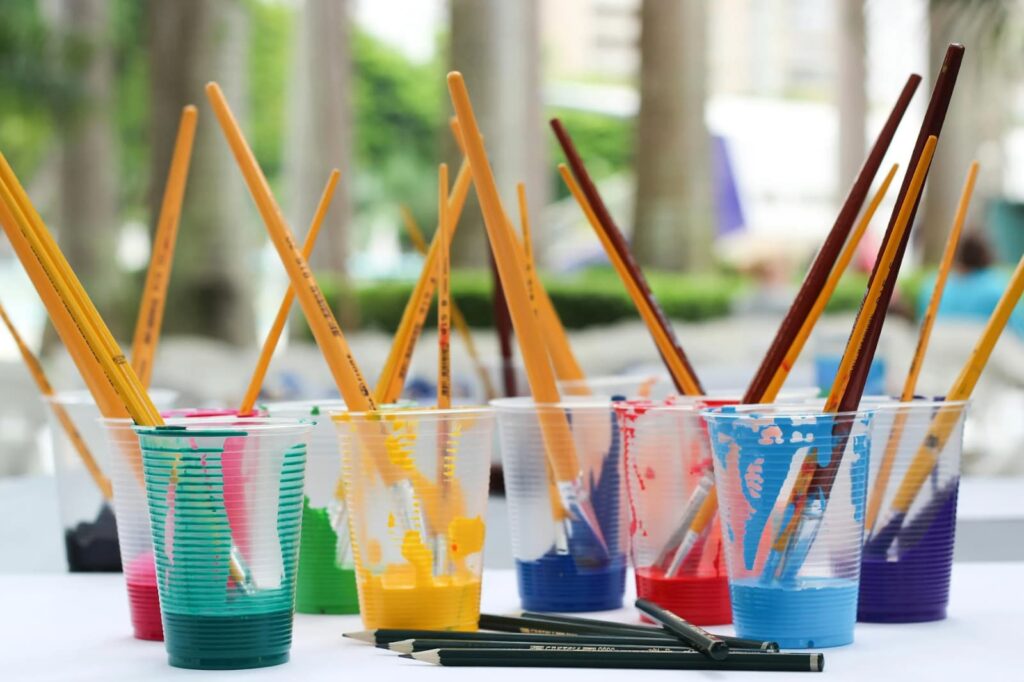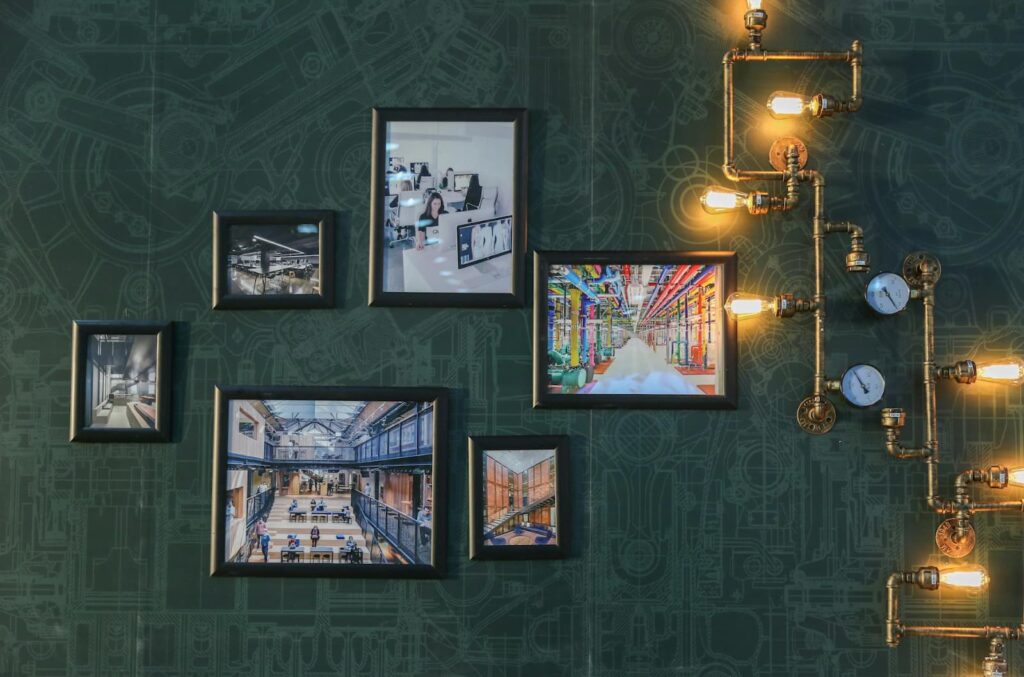
Innovative Tools and Techniques for Crafting Art-Focused Dissertations
Crafting an exceptional art-focused dissertation is both a challenge and an opportunity for young artists to showcase their creative and academic capabilities. For those looking for expert support and guidance in this journey, https://studiecentrumassen.nl/ is the perfect starting point to transform your ideas into a well-rounded scholarly masterpiece.
The process of writing a dissertation in the arts requires not only academic rigor but also a deep understanding of creative expression and innovative problem-solving. Here are some tools and techniques that can help you excel:
1. Leverage Visual Research Tools
Art-focused dissertations often require extensive visual analysis to support arguments and insights. Tools like Pinterest and Miro are invaluable for creating mood boards, collecting images, and curating references that inspire the development of your thesis. These platforms allow students to visually organize different artistic styles, movements, and visual trends, providing a clear visual narrative for their research. Beyond simple image collection, Miro, with its collaborative features, allows students to draw connections between various visual elements and ideas, making the research process both interactive and dynamic.
2. Use Mind Mapping for Idea Development
Dissertation writing often begins with a flood of disconnected thoughts, and organizing them can be one of the most challenging parts of the process. Mind mapping tools like MindMeister or XMind offer an effective way to organize your ideas visually. These tools allow you to map out key concepts, themes, and connections within your subject area, helping you better understand the scope and structure of your dissertation. You can begin with broad topics and gradually narrow them down into more specific subtopics, building a clear roadmap for your research.
3. Incorporate Interdisciplinary Research Platforms
Art is inherently interdisciplinary, drawing on a variety of academic fields to enrich its understanding and practice. Using research platforms like JSTOR, Artstor, and Google Scholar can open up a world of diverse resources that blend art theory with history, technology, design, and even science. These platforms provide access to an extensive range of peer-reviewed articles, visual archives, and scholarly journals, allowing you to cross-pollinate ideas from multiple disciplines and incorporate them into your dissertation. By accessing journals from areas such as philosophy, cultural studies, and sociology, you can deepen your analysis and bring broader contexts to your artistic exploration.
4. Embrace Digital Annotation and Note-Taking Apps
Keeping track of research sources, annotations, and ideas is a critical aspect of dissertation writing, especially when dealing with vast amounts of material. Digital annotation tools like Evernote or Notion streamline this process by offering flexible ways to organize, highlight, and reference important sections from books, articles, and other sources. These apps allow you to save images, links, and entire articles, while also adding notes and tags that make it easier to retrieve information when writing your dissertation.
5. Experiment with 3D Modeling and Virtual Tools

For students working on dissertations that involve design, architecture, or spatial concepts, tools like SketchUp or Blender provide powerful platforms for creating detailed 3D models and virtual representations. These tools allow students to visualize their design ideas or spatial concepts, making abstract ideas more tangible and grounded in reality. SketchUp, for instance, is widely used for creating architectural models, which can be an essential part of design-focused dissertations, allowing you to explore and present your concepts in a clear, interactive way.
6. Collaborate with Peer and Mentor Networks
Collaboration is key to refining your ideas and ensuring that your dissertation holds up to scrutiny. Tools like Slack or Discord allow you to easily connect with peers, mentors, and professionals in the field. These platforms provide a space for real-time discussions, feedback, and brainstorming sessions, enabling you to refine your dissertation with insights from others. Discussing your ideas with peers helps you test your arguments, receive constructive criticism, and see your work from different perspectives, all of which enhance the quality of your dissertation.
7. Time Management with Project Planning Tools
Writing a dissertation is a long-term project that requires effective time management. Tools like Trello or Asana break down the complex dissertation writing process into smaller, manageable tasks. With these platforms, you can create detailed project timelines, set milestones, and track deadlines, ensuring that your research and writing stay on schedule. Trello’s board-and-card system allows you to visualize your tasks and organize them by priority, making it easy to see what needs to be done next.
8. Create Immersive Presentations for Defense
Your dissertation defense is an opportunity to showcase your hard work and creativity. Tools like Prezi or Canva can help you design visually engaging, dynamic presentations that effectively communicate the core aspects of your research. Prezi’s unique zooming presentation style allows you to present your ideas in a non-linear way, which can be particularly effective for explaining complex, interconnected concepts. The fluid, interactive nature of Prezi can keep your audience engaged while ensuring that your key points are clearly highlighted.
9. Integrate Feedback Seamlessly
Receiving and incorporating feedback is a crucial part of the dissertation process. Tools like Google Docs or Overleaf allow for real-time collaboration, making it easier to integrate feedback from your advisor, mentors, or peers. These platforms track changes, allowing you to see what edits have been made and ensuring that you don’t miss any critical revisions. Google Docs also enables commenting, so your reviewers can provide specific suggestions or ask questions directly on the document, streamlining the feedback process.
10. Stay Inspired with Online Art Communities
Art-focused dissertations benefit from exposure to global perspectives and the latest trends in the field. Communities like Behance or DeviantArt provide platforms for sharing artwork, gaining inspiration, and networking with other creatives. By engaging with these online communities, you can find new sources of inspiration for your research or gain insights into contemporary trends and debates in the art world.
Behance, in particular, is an excellent resource for viewing high-quality portfolios from artists, designers, and illustrators across the globe. It can help you see how others are addressing similar themes or visual techniques, offering you fresh perspectives and ideas. Engaging with these communities can also lead to valuable feedback on your own work, which can further refine your dissertation and ensure it reflects current conversations in the field.
Conclusion
An art-focused dissertation is your chance to merge creativity with academic inquiry, producing a work that reflects your unique perspective as an artist. By leveraging innovative tools and techniques, you can ensure that your dissertation not only meets academic standards but also stands out.